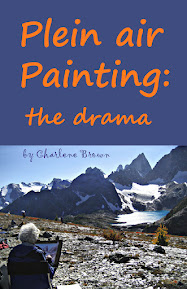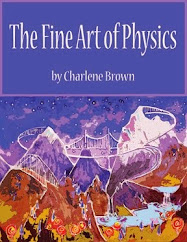On
the weekend of September 17-18 the coastal walkway at Macaulay Point in
Esquimalt was transformed into a seaside open-air gallery of 3-dimensional art
– the Third Annual Sculpture Splash.
This larger-than-life-size carving by Mike Rebar, in the style of the Inuit, was among my favourites.
This larger-than-life-size carving by Mike Rebar, in the style of the Inuit, was among my favourites.
From
Mike’s website, I learned that he sculpts local marble that
he harvests from various sites on Vancouver and Quadra Islands. He sees the integral form of each piece inside
the stone, then works with traditional handtools, carbide chisels and diamond
blades until his vision emerges. Fine
details are achieved with hand files followed by wet and dry sanding to
complete the process... worth contemplating on the days when watercolour
painting seems like too much of a challenge.









